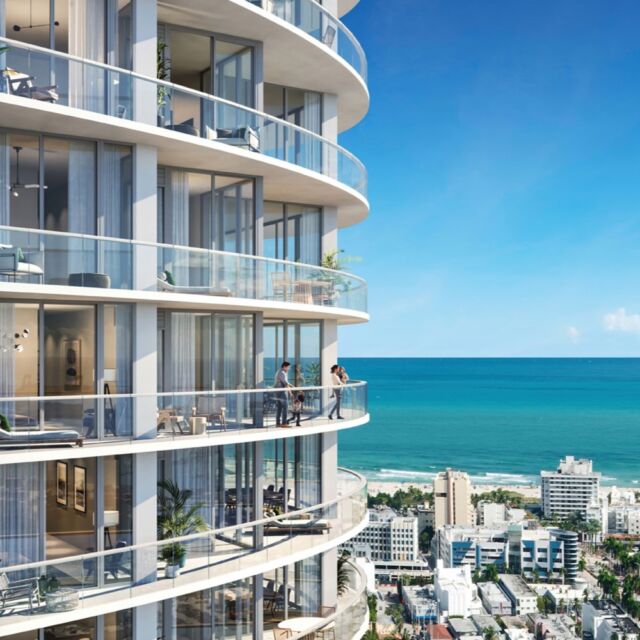To understand sustainable building, we must first define it. Countless publications, texts, and authorities have different definitions of sustainable building, but for me, the basis is simple: to be considered sustainable, buildings should have high energy, air, and water efficiency, create little to no impact on the environment, and be durable enough to withstand a long life cycle.
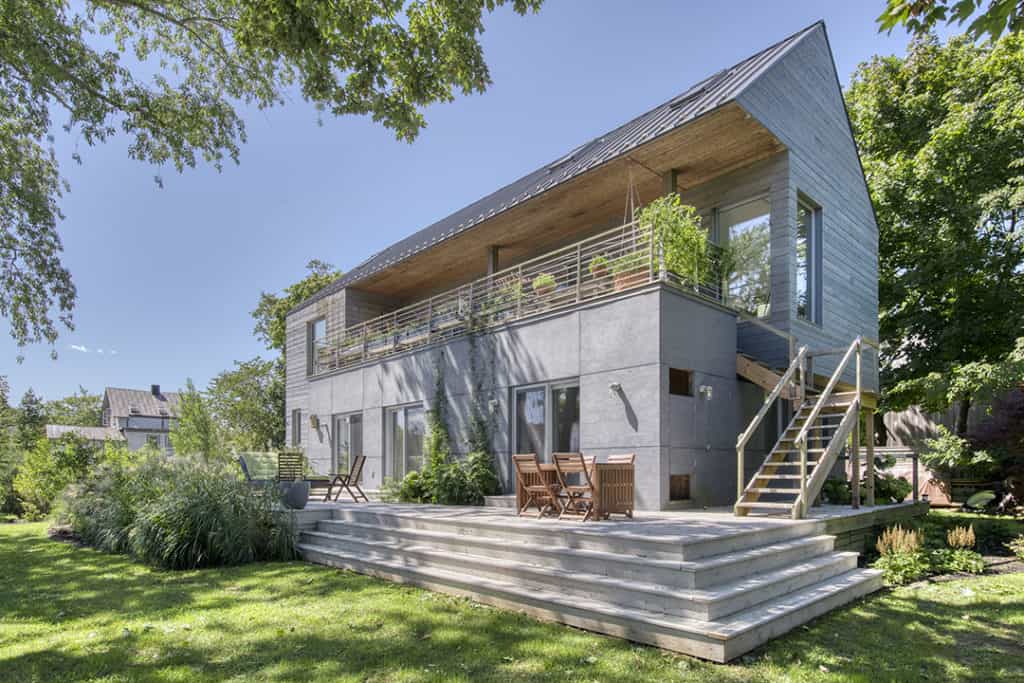
These elements can be broken down into three categories: efficiency, impact, and life cycle, all of which are essential to consider before beginning the design process. If you are currently building a home or even a multifamily building, how does your building compare with the practices outlined below? If you are a developer, building sustainably doesn’t have to be a deal killer. In fact, building sustainably could result in higher returns because people are more energy and environmentally conscious.
Put simply, the key to energy efficiency is to use less of it. By designing a building with an efficient building envelope (robust insulation and triple-glazed windows can help), the less heating and cooling energy the building will require. To be sustainable is to use little to no fossil fuels, so it is important to specify all-electric appliances and heating and cooling systems. When a building’s required energy levels are low enough, it can be financially and environmentally sound to install solar panels on a roof to supply the structure’s power needs. Aside from the design itself, consider the energy used to transport the materials to your site. Is it possible to source them closer? The farther an item has to travel to your project, the more energy it takes, which results in a larger carbon footprint.
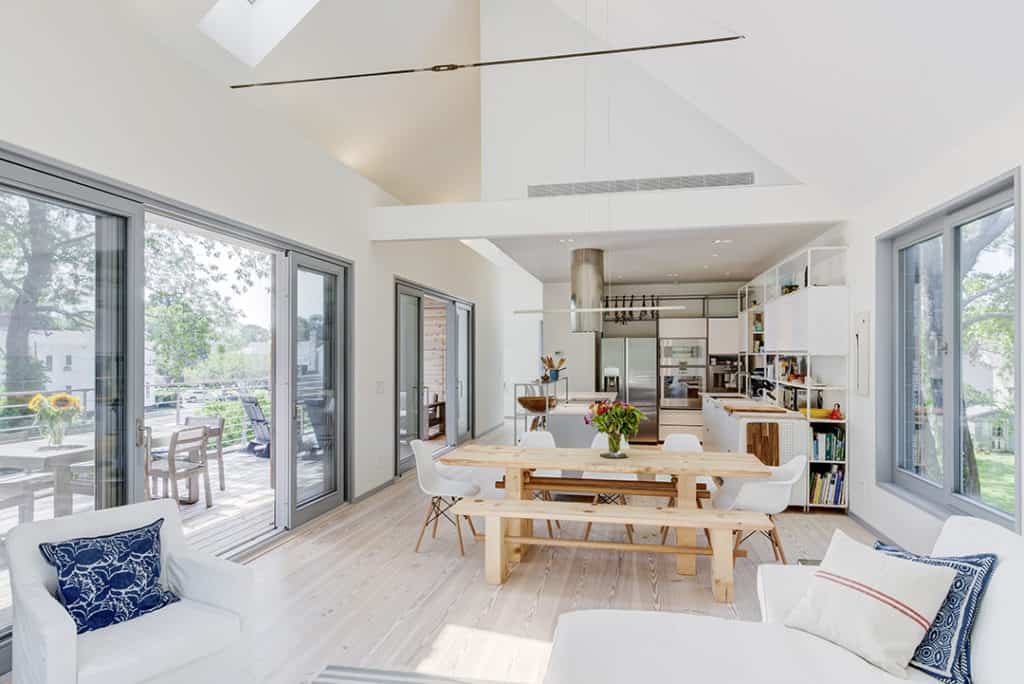
Most new construction has some negative impact on our environment. There may be vegetation that is chopped down, animals who are displaced, or soil erosion as a result of your project. Consider how to minimize the building’s impact. There are ways to limit and prevent damaging impacts, such as considering your building’s carbon footprint and the materials used. Sourcing sustainably may take more work than usual, but it is well worth the time, for both environmental and client health. Asking your brand representative about their green commitments, ethics and standards is a great way to start.
Lifecycle is important not only for the final built project, but for the materials purchased during construction. Your material selections, if made using reputable sources and networks, can lead a house to last even longer before maintenance is needed. So often, construction sites see thousands of dollars of extra material wasted. Modular building should have less waste as a result of building in a factory. Although, if it is a site-built project, the extra materials can be sent to a local recycling facility. Oftentimes, they can use the wood for soil enhancement, giving it a second life. To further the lifecycle of leftover materials such as paint, tile, or brick, find temporary storage and list the items on recycling sites such as Freecycle or Habitat for Humanity. In this case, your leftovers can become a part of someone else’s home. To maximize the longevity of a building, design, materials, and construction, of course, are key.













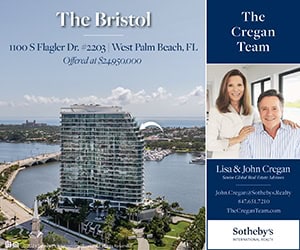





![At @inspirseniorliving, they’re transforming senior living and elevating every dimension of life. With a philosophy that embraces enhanced wellness and immersive experiences, their communities offer residents a lifestyle that meets and exceeds everything they’ve envisioned for their lives; including Assisted Living, Memory Care, or Enhanced Care. [link in bio]](https://hamptonsrealestateshowcase.com/wp-content/uploads/sb-instagram-feed-images/452692090_1818077558601184_7837181803899896025_nfull.jpg)
![A winding private drive leads the way to 198 Two Holes of Water Road, situated on 10± acres with plenty of seclusion, privacy, and an all weather tennis court. After undergoing a top-to-bottom renovation in 2019, the estate has been marked by dramatic sculptural touches, wide expanses of scenic space, and is ready for immediate occupancy. Represented by @tomcavallo of @douglaselliman. [link in bio]](https://hamptonsrealestateshowcase.com/wp-content/uploads/sb-instagram-feed-images/452714375_18452144299030135_7245639606158274147_nfull.jpg)
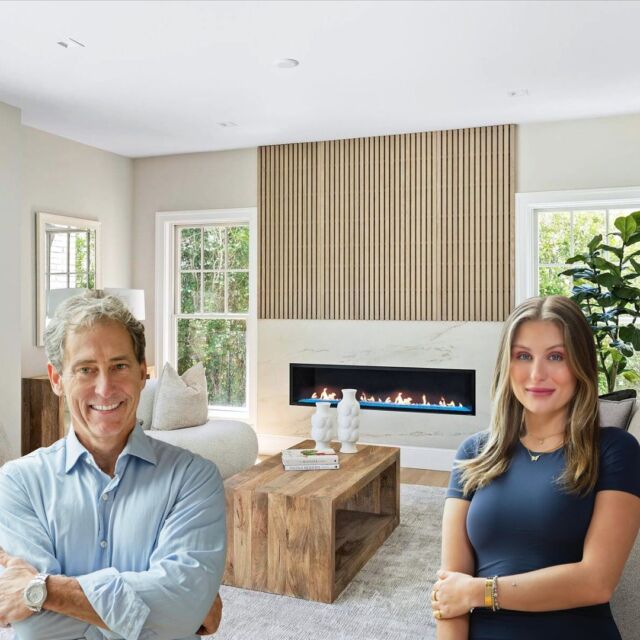
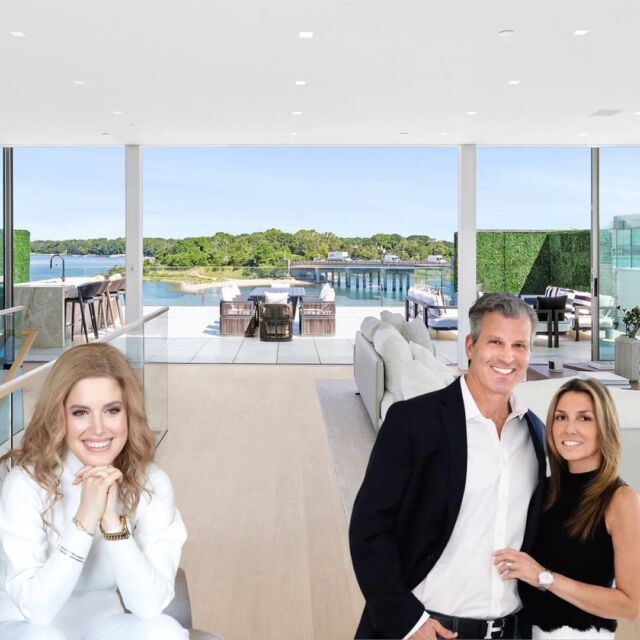
![When Brooke Abrams undertook the interior decoration of an ultra-modern beach house designed by Bates Masi + Architects, her clients wanted everything to look very "rich and luxurious." In addition to unifying the interior space with the exterior space, Abrams sought to bring a sense of cohesiveness to the house. “It had a lot of beautiful pale woodwork in creams and beiges and greys,” she recalls. “Rather than introduce new colors, I felt it was important to stay within that neutral palate so that everything felt integrated.” [link in bio]](https://hamptonsrealestateshowcase.com/wp-content/uploads/sb-instagram-feed-images/452279191_374759435318292_2948881216648686178_nfull.jpg)
